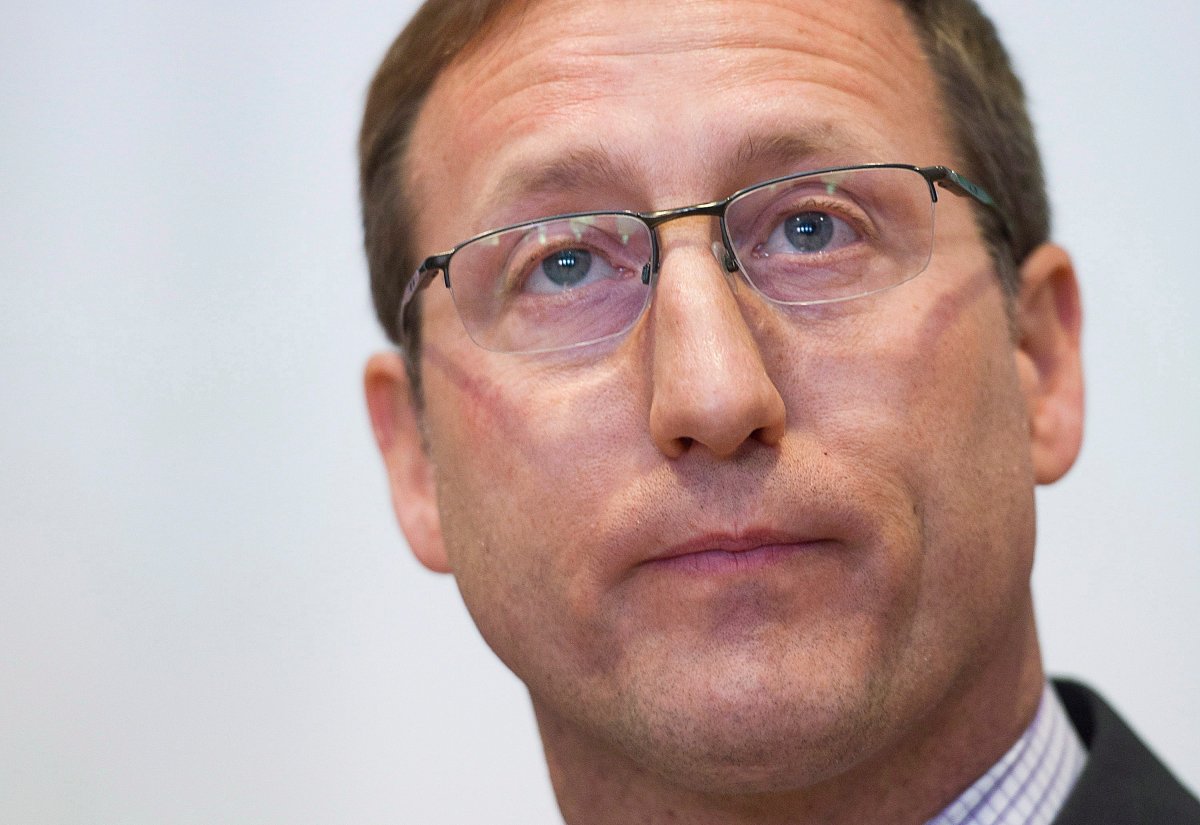OTTAWA – Asian-Canadian lawyers are demanding to know if the federal government will start to compile statistics about judicial diversity following a Global News report that revealed the information is not “readily available.”

A letter to Justice Minister Peter MacKay from the Federation of Asian Canadian Lawyers asks if the government plans to start collecting information about the makeup of judges.
“Unfortunately, the judiciary in Canada is…far from becoming properly reflective of the increasing diversity of Canadians; although we do not know how far given the lack of information,” says the letter, signed by co-chairs Gerald Chan and Philip Tsui.
“We question how the government can be committed to finding a solution if it cannot measure the scale of the problem.”
“Progress cannot be made in the dark.”
The letter was sent Friday in response to a Global story that found the department of justice doesn’t have any “readily available” information about the diversity of federal judicial appointments from the past 20 years.
It means the government can’t say how many women, visible minorities, French-speakers or aboriginals have been named as federal judges since 1993.
MacKay said the reason there are no statistics is because “some people don’t self-identify.”
READ MORE: Peter MacKay defends suggestion women too busy bonding with kids to be judges
- Trudeau says ‘good luck’ to Saskatchewan premier in carbon price spat
- Canadians more likely to eat food past best-before date. What are the risks?
- Hundreds mourn 16-year-old Halifax homicide victim: ‘The youth are feeling it’
- On the ‘frontline’: Toronto-area residents hiring security firms to fight auto theft
“I can tell you only about the appointments we’ve made, and even in that case where I’ve not met all of the applicants, as I say some prefer not to self-identify,” he told Global News.
The information was revealed through a so-called order paper question from Liberal MP Irwin Cotler. The government had 45 days to answer the question.
In its letter, the FACL – which represents some 700 members in Ontario, and is affiliated with the National Asian Pacific American Bar Association, which has approximately 40,000 members – asks MacKay three questions:
- Does the government keep statistics on the number of judicial applicants who it says do not “self-identify”?
- While the information on the diversity of judicial appointments is not “readily available,” and therefore may not be (produced) within the 45-day time period required to respond to (an) order paper question from MPs, how long will it take the government to gather this information?
- Does the government intend to gather and produce this information so that we may better understand where exactly we stand on judicial diversity in Canada?
The letter also says MacKay has twice declined a meeting with the federation’s president to discuss diversity. Another letter shows MacKay also turned down a meeting last summer with the Canadian Association of Black Lawyers.
A spokeswoman for MacKay told Global News the government is committed to ensuring that the courts reflect the diversity of Canadian society, including women and visible minorities.
“The overriding consideration in making judicial appointments is merit. Members of judicial advisory committees are asked to consider the objective of ensuring that our benches reflect the diversity of Canadian society,” spokeswoman Clarissa Lamb said in an email.
Lamb said the appointments reflect the percentage of female lawyers who apply and are recommended by the committees.
She noted the Conservatives appointed Supreme Court judges Andromache Karakatsanis and Suzanne Côté, as well as Nicole Duval Hesler, who was also first-ever female Chief Justice at the Quebec Court of Appeal.
Documents also requested by Cotler from 2012 show the government was previously aware, under former minister Rob Nicholson, the gender of appointees between 2006 and 2012.
The department also kept track of whether candidates were Anglophone, Francophone or bilingual.
In 2012, 145 out of 485 appointments – about 30 per cent – were women.
Between 2006 and 2012, of 3,380 judicial appointments including provincially, only 104 judges were French.
Another 1,025 – 30 per cent – were bilingual.
Lamb said the reason why Nicholson’s office was able to reply with a partial answer in 2012 was because Cotler asked for a six-year time period, while his recent question covered 21 years of information.
“The department only has 45 days to answer order paper questions and there was just not enough time,” she said.



Comments